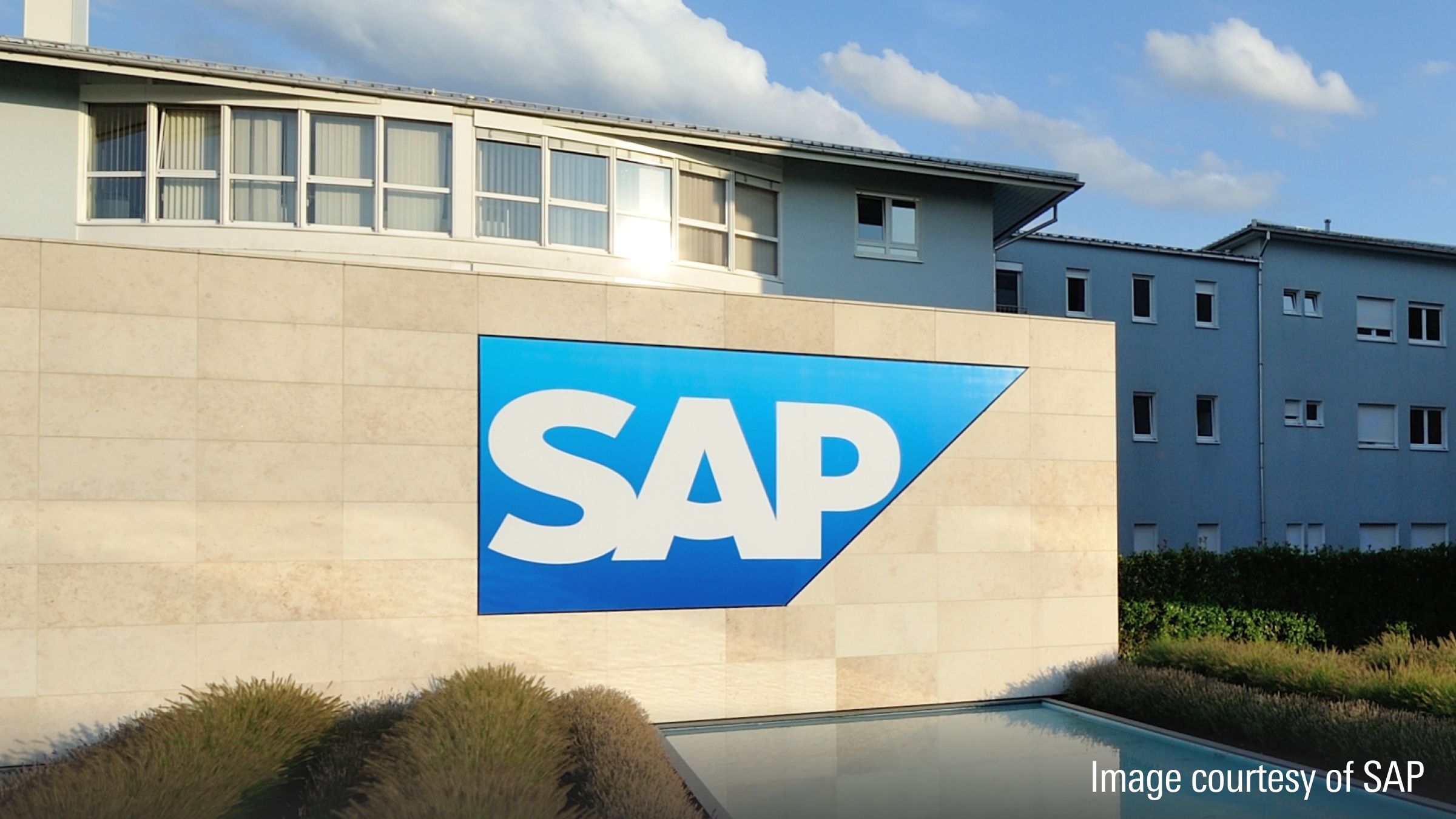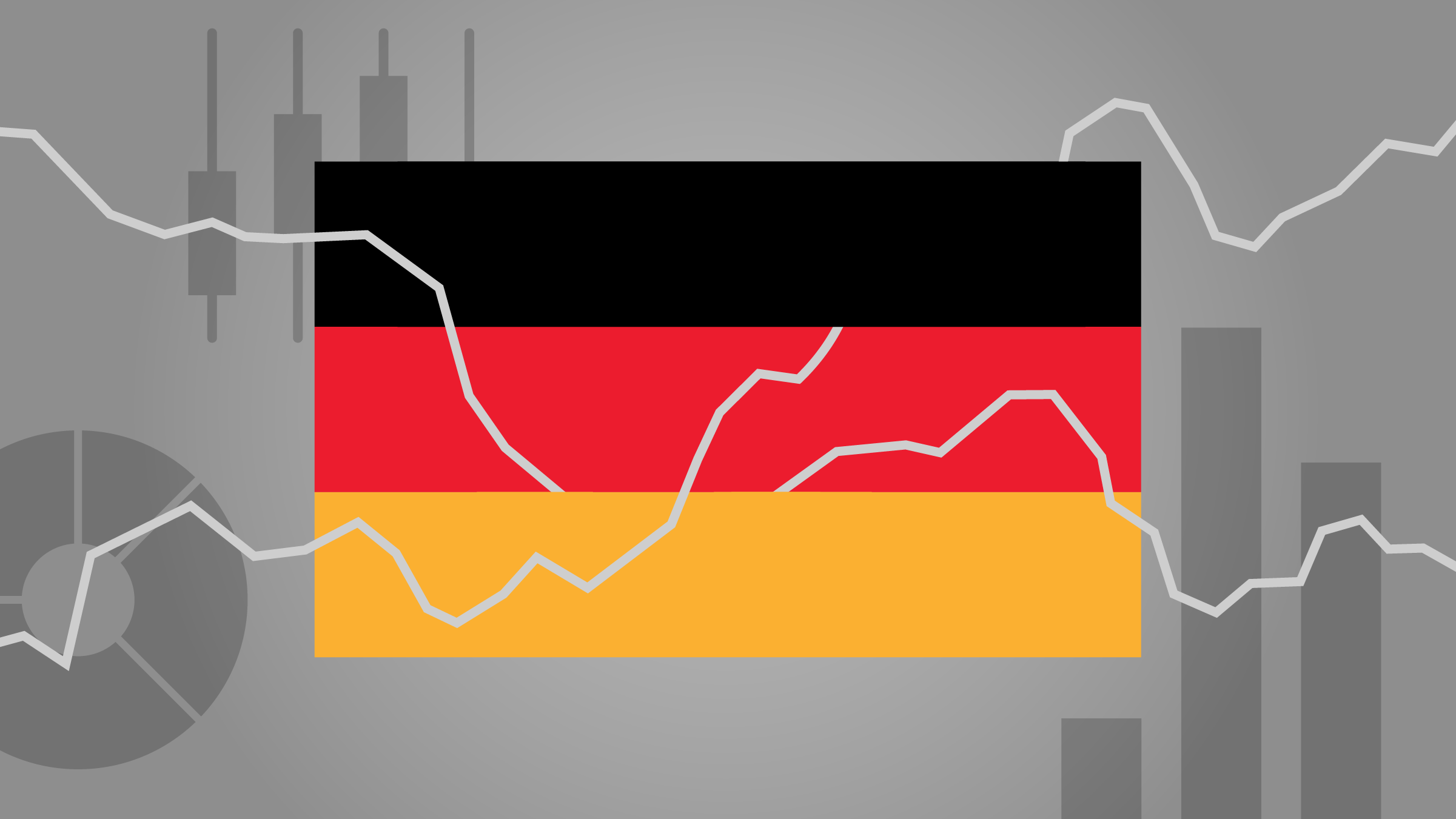Rolle im Portfolio
The CS ETF on MSCI Japan TRN Index ETF provides broad exposure to Japanese equity markets. Japan represents one of the largest, most developed, and richest economies in the world. To put it in perspective, Japan accounts for nearly 9% of global GDP. Roughly half of all Japanese international trade is conducted with its Pacific neighbors indicating its prominence as both regional supplier and end-consumer. Despite its regional economic importance, Japan has suffered stagnant economic growth in recent years. Looking ahead, Japan faces strong headwinds in the short-term stemming from its massive deficit and post-earthquake reconstruction. In the long-term, however, the outlook is slightly more positive as Japan is well-positioned to capitalise from burgeoning emerging market growth.
At the time of this writing, the fund's reference index has maintained moderate levels of correlation to the MSCI World (67%) and the STOXX Europe 600 (62%) over the past ten years. Moderate correlation levels signal that this ETF offers potential diversification benefits within an existing equity allocation. Be warned, however, correlation levels have risen in recent years and historical diversification benefits may not be as significant as they once were.
Given its narrow country focus, however, this ETF is best utilised as a tactical or satellite holding within an already well-diversified portfolio. However, before investing in this fund, we suggest investors check their portfolio’s for existing exposure to Japan. Japan, as one of the largest economies in the world, accounts for significant weightings in global equity funds and Asia-focused funds in particular. In a world fund, Japanese equities can comprise 15% to 25% of a portfolio, and in an Asia fund, Japan can comprise about half of a portfolio (using MSCI World, MSCI EAFE, and MSCI AC Asia as benchmarks). However, because Japan is so much more economically developed relative to its regional neighbors, many emerging market-oriented or growth Asia funds do not invest in Japanese stocks.
Fundamentale Analyse
Despite having applied massive amounts of fiscal and monetary stimulus, Japan continues to trudge along a difficult road towards economic well-being. Over the past two decades, Japan's gross public debt has skyrocketed to more than 200% of total GDP. With 20% of the population over the age of 65, Japan's social security spending has been a significant contributor to this deficit, but persistent weak economic growth has also served to reduce tax revenues as a percentage of GDP to levels last seen in the mid-1980s. To close the gap, Japan is considering a significant hike to the consumption tax, currently the lowest amongst OECD countries at 5%. The proposal suggests scheduled increases to 8% in 2014 and 10% in 2015. Though the proposal has drawn mixed support, the consumption tax will likely be the primary tool for tax reform.
Energy prices remain a chief concern for Japan. Currently, Japan's energy costs are 40% higher than the US and nearly 2.5x times higher than South Korea due to a dearth of domestic energy sources. The post-tsunami nuclear disaster contributed to the escalating domestic energy prices. Furthermore, as international pressure mounts on Iran, Japan has announced its intention to limit its dependence on Iranian oil–which currently accounts for 10% of its total oil consumption. In April, Japan slashed its Iranian oil imports by nearly 80% to comply with Western sanctions and most reports indicate that a complete halt will be enforced. Coupled with the EU's decision to completely embargo Iranian oil, the competition to secure supplies from alternative oil suppliers, like Saudi Arabia, will be intensified.
Arguably, the most significant issue affecting Japanese corporations for the past few years is the appreciation of the yen. Over the past five years, the Japanese yen has appreciated 8.2% on an annualised basis against the US dollar. For Japan's large-cap exporters, the yen’s rise has been a nightmare weighing on their ability to remain competitive abroad. In an attempt to address this problem and concerns over deflation, the Bank of Japan (BOJ) boosted its asset repurchase program by 10 trn yen and stated its intention to buy longer-term government bonds in April. The BOJ has enacted two such monetary easing schemes in the past two months stating that its goal is to see inflation reach 1%.
A surging yen, rising energy costs, and the recent natural disasters highlight another trend in Japan, namely the waning competitive advantages of Japanese manufacturers. Historically, the manufacturing sector (autos, electronics, etc.) has been a stalwart contributor to the success of the world's third largest economy. However, today's macro dynamics no longer strongly support domestic production causing jobs and factories to move to other Asian nations, like Thailand, with regularity.
Looking ahead, the Bank of Japan revised its economic forecasts upward in April as it now expects that its economy will resume a recovery trajectory in the first half of 2012. In particular, growth is expected to come from a rise in exports and a pick-up in reconstruction-related demand. In 2013, the pace of growth may slow as reconstruction demand wanes, but should still exhibit positive momentum.
Indexkonstruktion
The CS ETF (IE) on MSCI Japan tracks the free-float market capitalisation weighted MCSI Japan index, which intends to represent 85% of the publicly available total market capitalisation of the Japanese equity market. The index is composed of Japanese securities across the four major Japanese exchanges: Tokyo Stock Exchange, Osaka Stock Exchange, JASDAQ, and Nagoya Stock Exchange. At the time of this writing, the index has 315 constituents. Top components are Toyota (5.1%), Mitsubishi Tokyo (2.8%), Honda (2.7%), and Canon (2.4%). Due to the characteristics of index constituents, the index is relatively sector and style neutral with the largest sectors being industrials (20.8%), consumer discretionary (20.0%), financials (17.75%), and information technology (12.6%).
Fondskonstruktion
The CS ETF (IE) on MSCI Japan uses physical replication to track its reference index. The fund intends to invest in all the constituents of the MSCI Japan index and thereby provides exposure to the 317 largest companies from the four major Japanese exchanges. Credit Suisse may engage in securities lending to generate additional revenues. However, they have not yet chosen to do so for this fund. If securities lending is undertaken, Credit Suisse requires the counterparty to hold a minimum credit rating of A2 (S&P) at the time of the relevant transaction is entered into. The fund may hold up to 20% of its NAV in securities from a single issuer in order to achieve his objectives. Under exceptional market conditions, the fund manager may invest up to 35% of the fund’s net assets in securities from a single issuer. Moreover, the fund may invest in futures, swaps, liquidity instruments, other transferable securities and open-ended collective investments to track the reference index. The fund is available in two distinct currency denominations: Euros and Japanese Yen. Naturally, the index is most closely associated with Japanese Yen.
Gebühren
The CS ETF (IE) on MSCI Japan charges a total expense ratio (TER) equal to 0.48%, which is comparable to other ETFs tracking Japanese equity indices.
Alternativen
There is no shortage of ETFs available offering exposure to large cap Japanese equities. The primary differentiating factor amongst them will be liquidity and replication methods as most of the ETFs available track the MSCI Japan index. For those preferring physical replication funds, iShares has the second-most liquid offering (after Credit Suisse) tracking the MSCI Japan index measured by its turnover. iShares charges a TER equal to 0.48% for the ETF, which is equal to fee assessed by Credit Suisse. Unlike Credit Suisse, iShares engages in securities lending within the fund which poses some exposure to counterparty risk but has the potential to improve tracking performance.
The db x-trackers MSCI Japan TRN is the most liquid synthetic replication ETF following large cap Japanese equities as measured by turnover. By using synthetic replication, db x-trackers has maintained a very low tracking error (0.25%) net of fees over the past three years. To benefit from improved tracking, investors take on some level of counterparty risk inherent in the synthetic replication structure. This fund levies a TER of 0.50%.
Those looking for exposure to small cap Japanese equities may consider CS ETF (IE) on MSCI Japan Small Cap or iShares MSCI Japan Small Cap. Expense ratios for these funds are 0.58% and 0.59%, respectively. Both these funds are very thinly traded.
















